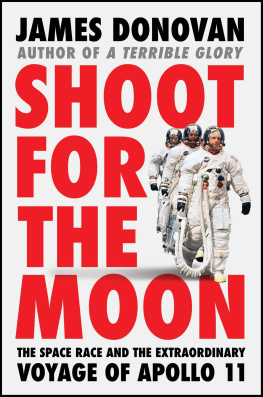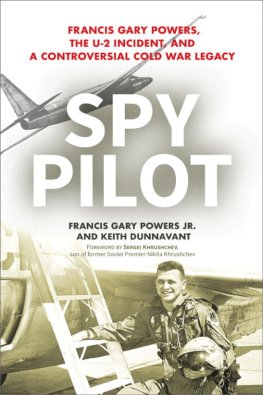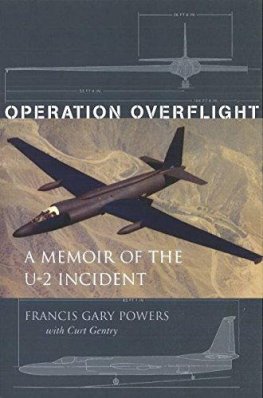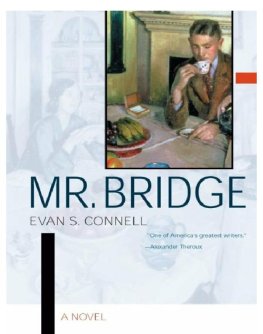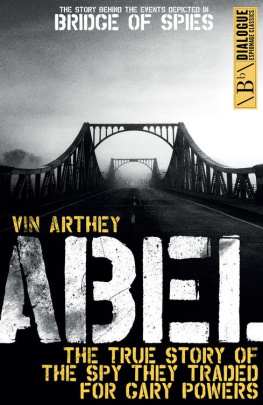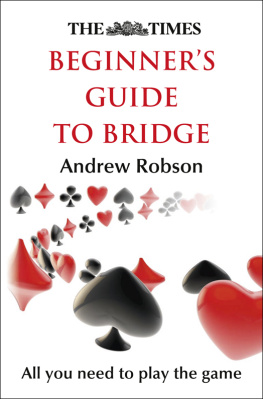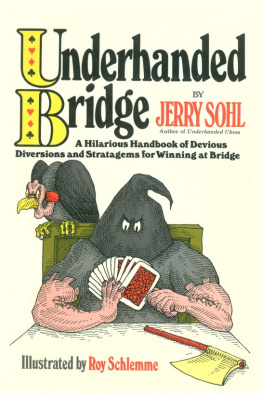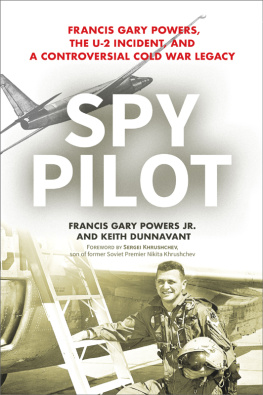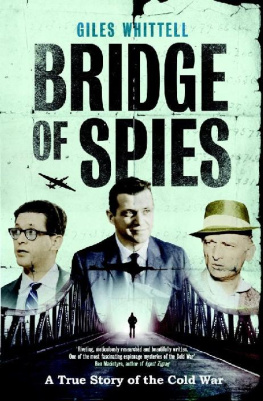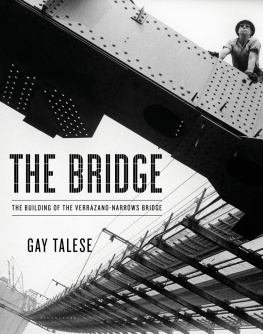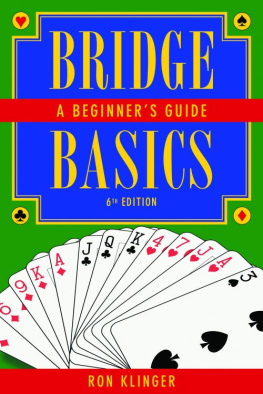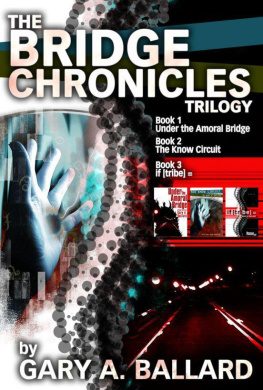Thank you for downloading this Scribner eBook.
Join our mailing list and get updates on new releases, deals, bonus content and other great books from Scribner and Simon & Schuster.
C LICK H ERE T O S IGN U P
or visit us online to sign up at
eBookNews.SimonandSchuster.com
We hope you enjoyed reading this Scribner eBook.
Join our mailing list and get updates on new releases, deals, bonus content and other great books from Scribner and Simon & Schuster.
C LICK H ERE T O S IGN U P
or visit us online to sign up at
eBookNews.SimonandSchuster.com
Praise for
STRANGERS ON A BRIDGE
Well written and informative, Strangers on a Bridge is a wonderful firsthand account of the most notable spy swap made during the height of the Cold War. Written by defense attorney James Donovan in 1963, the book gives an accurate overview of the behind-the-scenes negotiations that resulted in KGB colonel Rudolf Abel being exchanged for my father, CIA U-2 pilot Francis Gary Powers, in February 1962 on the Bridge of Spies.
Francis Gary Powers, Jr., Founder and Chairman Emeritus of The Cold War Museum
This book is much more than the exciting journal of one of historys great espionage cases, its preparation, trial and appeal and its dramatic denouement at the Glienicke Bridge. Anyone who thrills to spy narratives and brilliant investigative work and skillful courtroom tactics will be sure to enjoy it.
Charles S. Desmond, former Chief Judge of the State of New York
An impressive story of devotion to justice and the national interest.
M. C. Miskovsky, former member of the CIA
Exciting... Straight out of an Eric Ambler thriller.
Philadelphia Sunday Bulletin
As compelling as The Spy Who Came In From the Cold except it happens to be true.
Life magazine

Scribner
An Imprint of Simon & Schuster, Inc.
1230 Avenue of the Americas
New York, NY 10020
www.SimonandSchuster.com
Copyright 1964 by Atheneum House, Inc.
Foreword copyright 2015 by Jason Matthews
All rights reserved, including the right to reproduce this book or portions thereof in any form whatsoever. For information, address Scribner Subsidiary Rights Department, 1230 Avenue of the Americas, New York, NY 10020.
First Scribner trade paperback edition August 2015
SCRIBNER and design are registered trademarks of The Gale Group, Inc., used under license by Simon & Schuster, Inc., the publisher of this work.
For information about special discounts for bulk purchases, please contact Simon & Schuster Special Sales at 1-866-506-1949 or .
The Simon & Schuster Speakers Bureau can bring authors to your live event. For more information or to book an event, contact the Simon & Schuster Speakers Bureau at 1-866-248-3049 or visit our website at www.simonspeakers.com.
Cover Design By Jason Heuer
Cover Images akg-images
Library of Congress Cataloging-in-Publication Data is available.
ISBN 978-1-5011-1878-4
ISBN 978-1-5011-1879-1 (ebook)
To those among the American bar who defend the weak, the poor and the unpopular
CONTENTS
FOREWORD
This book is a reissue of Strangers on a Bridge , the 1964 best-selling story of the espionage trial of Soviet intelligence officer Rudolf Abel, written by Abels court-appointed attorney James B. Donovan. It is no less relevantor entertainingtoday than it was then, however. It will be of interest to fans of vintage Cold War intrigue, and it will attract devotees of courtroom drama. Donovans witty descriptions of his canny legal strategy are sure to delight, even inspire. And the smoky look into the enigmatic and elaborate mind of Abel, the Soviet spy, is fascinating. But most of all, this snapshot of the 1950s spy case reminds us that espionage has been around forever, the worlds second oldest profession. Lest we forget, modern headlines documenting the recent arrests of Russian spies and sleepers in America reveal that it continues to this day.
The most successful HUMINT (human intelligence) operation in the twentieth century was arguably the Soviet Unions penetration of The Manhattan Project and the acquisition of U.S. atom secrets in the 1940s and 1950s. Designated Task Number One by Joseph Stalin, the Russians stole this early informationatom secrets, in the parlance of the periodfrom the U.S., Britain, and Canada. Scholarly debate continues regarding which and how many top secrets the Soviet Union actually filched, and whether the information materially helped the Russians solve intractable physics and design obstacles plaguing their own weapons program.
It is known that stolen U.S. information did help the Soviets solve a number of specific mechanical problemssuch as the design of a barometric detonatorbut Soviet physicists did most of their own work. In fact, the NKVD (predecessor to the KGB) tightly held the purloined atom secrets and never shared the information with the majority of Russias own scientists. Rather, NKVD chief Lavrenti Beria mostly used U.S. data to slyly corroborate the theoretical and design work of Soviet scientists. The modern-day consensus is that Soviet espionage probably saved the Russians a year or two in the production of a bomb.
The Soviet Union had a lot to work with in the early 1940s to accomplish Task Number One. Stalin had authorized unlimited resources for the effort. Beria and the red-clawed NKVD were given primacy in managing the operation. The Manhattan Project was a sprawling, vulnerable intelligence target of multiple domestic sites, employing over 100,000 scientists, technicians, machinists, administrative and support personnel, with discordant and uncoordinated security at plants and labs, managed by diverse agencies. At that stage in WWII, the Soviet Union was viewed as a beleaguered ally of the U.S. and enjoyed domestic public favor, as well as political support in Washington. This benign view of Russia among many scientists recruited by Moscow, or atom spies, was manifested in a philosophical conviction that sharing weapons secrets would level the postwar playing field, eliminate mistrust, and ensure world peace.
Recruiting idealistic and sympathetic Americans and migrs working on the Manhattan Project was like picking ripe fruit for Russian intelligence officers working under diplomatic cover in the Soviet Embassy in Washington, the Soviet Consulate in San Francisco, and the Soviet delegation to the United Nations in New York. Many of these scientist-targets were ethnically Russian, or adherents of the American Communist Party, or both; among them were Klaus Fuchs, Harry Gold, David Greenglass, Theodore Hall, and Julius and Ethel Rosenberg (all members of the spy network codenamed Volunteer).
Soviet successes against the Manhattan Project brought familiar problems, however. In 1952, as today, once any HUMINT case gets past the heady recruitment stagethats when the real work begins. Handling a clandestine reporting source is harder than initially suborning him. Intelligence requirements pour in from MoscowStalin personally wants more info, better info, faster. Pushing a source to produce is delicate, and its an actuarial certainty that the longer a source spies, the more likely he will be caught. By 1950 operating in the U.S. was becoming perilous for Russian spooks. American goodwill towards the Soviet Union had largely faded, eclipsed by the Red Scare and the burgeoning Cold War. And FBIs counterintelligence divisions were active and dangerous. Observed public contact between an American scientist and a Russian diplomat no longer was advisable.
Next page

